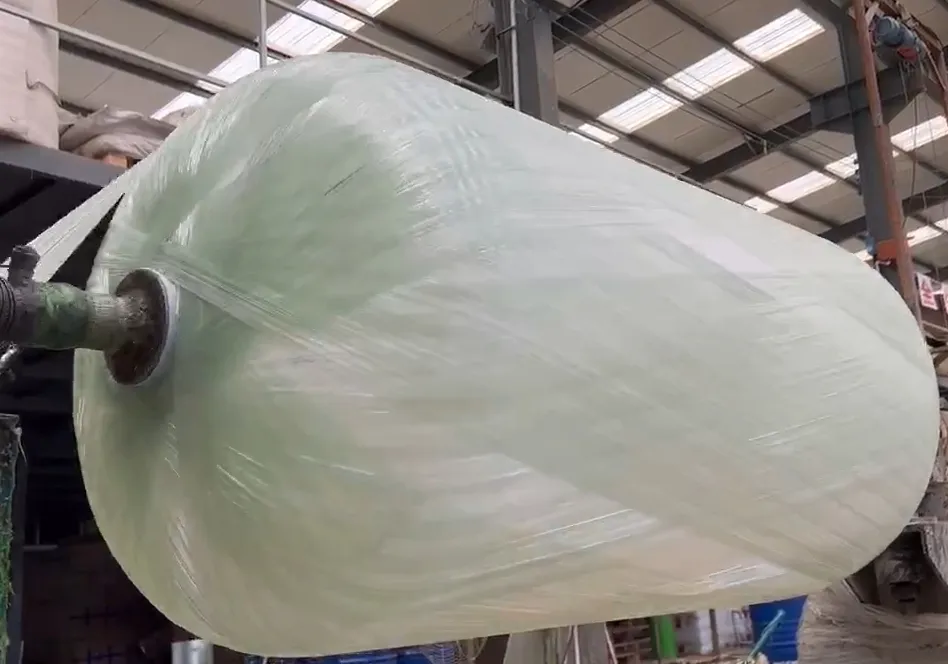loading...
- No. 9, Xingyuan South Street, Dongwaihuan Road, Zaoqiang County, Hengshui, Hebei, China
- admin@zjcomposites.com
- +86 15097380338
- Welcome to visit our website!
Industrial Reverse Osmosis Water Purification System for Efficient Water Treatment Solutions
Industrial RO Water System A Comprehensive Overview
In today’s industrial landscape, water quality is paramount. The demand for pure, contaminant-free water has led to the widespread adoption of various water purification technologies, among which Reverse Osmosis (RO) stands out as a preferred choice. The industrial RO water system plays a crucial role in a variety of sectors, including pharmaceuticals, food and beverage, electronics, and power generation, ensuring that processes are efficient and compliant with stringent quality standards.
Understanding Reverse Osmosis
Reverse Osmosis is a water purification process that relies on a semipermeable membrane to remove ions, unwanted molecules, and larger particles from drinking water. In this process, water is forced through the membrane under high pressure, leaving behind contaminants, including bacteria, salts, and other dissolved solids. The result is high-quality purified water that meets or exceeds industry specifications.
Components of an Industrial RO System
An industrial RO water system consists of several key components that work together to deliver purified water
1. Pre-treatment Systems To maximize the lifespan and efficiency of RO membranes, pre-treatment processes are essential. This may involve sediment filtration, activated carbon filtration, and antiscalant dosing to remove larger particles and contaminants that could damage the membranes.
2. RO Membrane Units The core of the system, these specialized membranes allow water to pass through while rejecting dissolved salts and impurities. Depending on the application, various types of membranes can be used, each designed to cater to specific contaminant profiles.
3. High-Pressure Pump A high-pressure pump ensures that water is forced through the RO membranes at the required pressure, typically ranging from 50 to 1,000 psi, depending on the application and water source.
4. Post-treatment Filters Following the RO process, additional filters and disinfection methods, such as UV treatment or chemical dosing, may be employed to further enhance water quality and eliminate any remaining microorganisms.
5. Monitoring and Control Systems Modern industrial RO systems are equipped with advanced monitoring and control technologies that allow operators to track water quality in real time, ensuring consistent output.
Applications of Industrial RO Water Systems
industrial ro water system

The versatility of industrial RO systems allows their application across different industries
- Pharmaceuticals In the pharmaceutical sector, high-purity water is necessary for drug formulation, production, and washing equipment
. RO systems ensure that water meets the stringent quality required for compliance with regulations.- Food and Beverage Many food processing applications utilize RO water for product formulation and cleaning processes, helping to maintain flavor integrity and extend shelf life.
- Electronics The electronics industry requires deionized water free from impurities for manufacturing processes, particularly in semiconductor production, where even trace contaminants can cause defects.
- Power Generation Steam generation in power plants often relies on RO water to prevent scaling and increase efficiency, yielding higher operational performance.
Benefits of Industrial RO Systems
The adoption of industrial RO water systems offers numerous benefits, including
- Cost Efficiency While the initial investment might be significant, RO systems reduce operational costs by minimizing water waste and energy consumption.
- High Purity Levels The system can produce water that meets the highest standards for various applications, ensuring quality and safety.
- Environmental Impact By efficiently purifying water, RO systems can contribute to sustainability initiatives, reducing the need for bottled water and lessening the dependency on municipal sources.
In conclusion, industrial RO water systems are essential in ensuring water quality across diverse applications. Their effectiveness, coupled with ongoing technological advancements, positions them as a critical component in the quest for sustainable industrial processes and higher product quality. Embracing such systems not only meets regulatory standards but also supports industries in achieving their environmental and operational goals.
-
Premium FRP Handrail for All ApplicationsNewsAug.29,2025
-
Low Maintenance FRP Mini Mesh Grating ProductsNewsAug.29,2025
-
Innovative FRP Square Tubes for Modern Industrial SolutionsNewsAug.29,2025
-
FRP Water Storage Tanks Wholesale Solutions for Bulk BuyersNewsAug.29,2025
-
FRP Molded Grating Solutions for Diverse Industrial ApplicationsNewsAug.29,2025
-
Construction Advancements Through FRP Pultruded ProfilesNewsAug.29,2025
-
Why Choose FRP Railings, Guardrails, and Handrail Systems?NewsAug.29,2025
